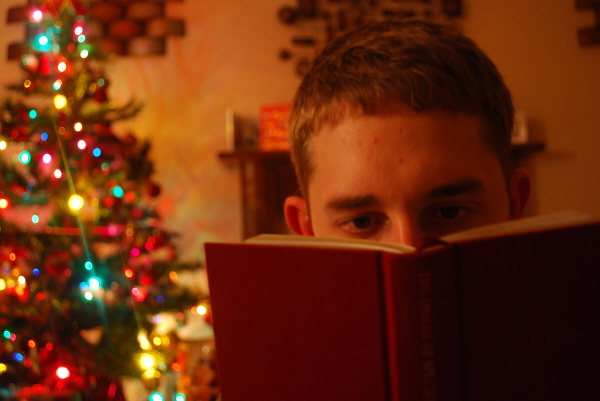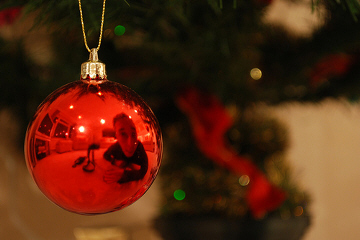
Photos by stuartpilbrow
THOUGH I HAD a few Christian friends growing up, being brought up Hindu meant my family’s religion and festivals were more important to us. Years later, I would experience Christmas in all its splendor, and my first introduction to this tradition would come in the form of books.
Here are four books that have been instrumental in the way I perceive Christmas.
